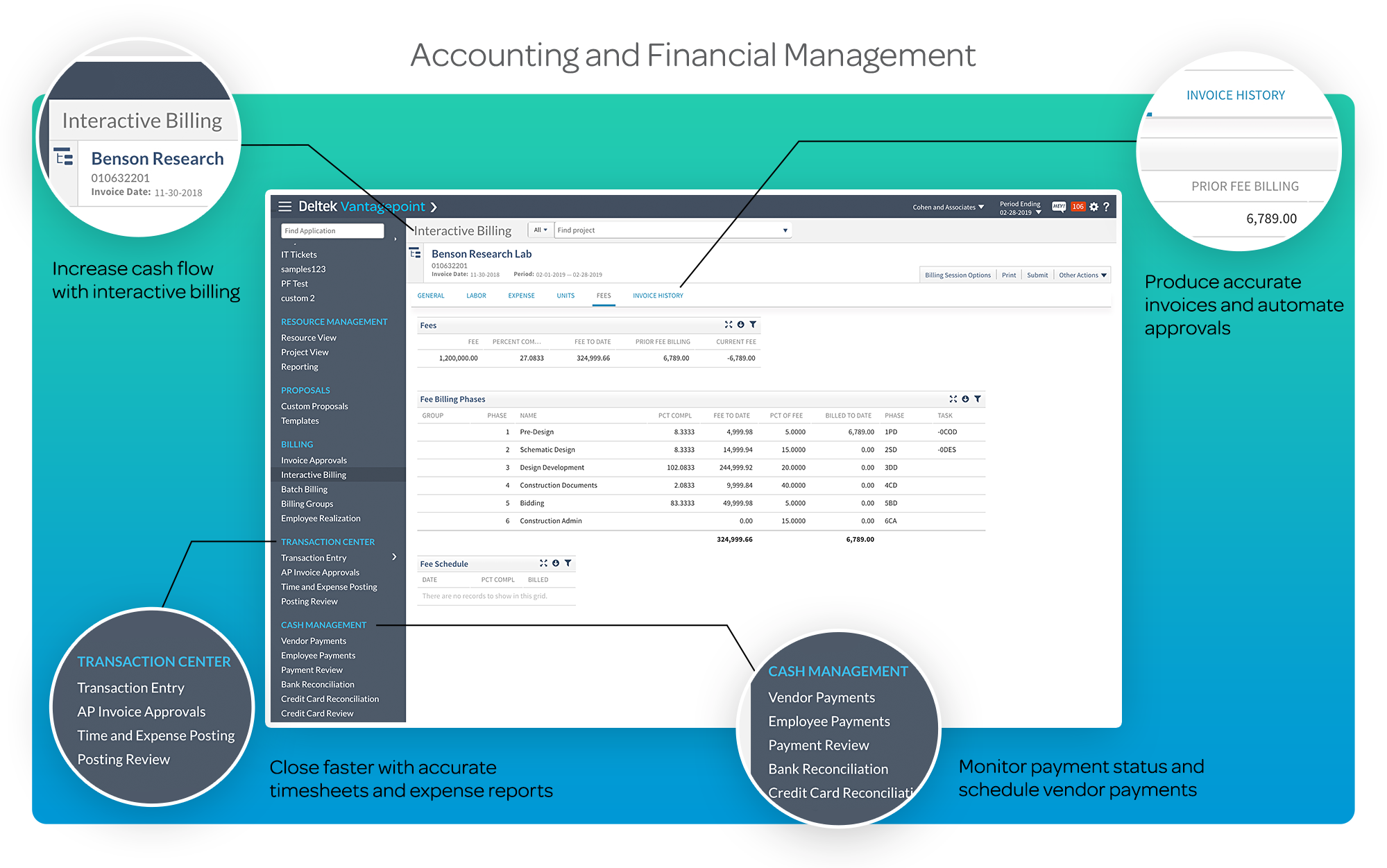
How to future-proof your practice
Share
A blend of technology and business smarts can help to prepare your practice to thrive in the “disruptive economy”.
Industry leaders suggest that new technologies – which streamline practice processes and provide better oversight of financial reporting – can help architecture firms position themselves for future success in a constantly-changing operating environment.
Recent Deltek research identified five main areas of concern for architecture practices, including: increasing complexity of projects, stakeholder management, managing highly bespoke services, managing commoditised services and margin squeeze from client procurement.
Pressure on fees is another major challenge facing architecture firms, according to John Held, SA president of the Association of Consulting Architects (ACA).
“That was the subject of a lively debate recently among architects on social media,” Held says. “This is compounded by procurement models where architectural services are a commodity, rather than the architect being seen as a trusted adviser. Those procurement models shift risk to other parties rather than work towards reducing overall risk.”
Held asserts that some practices are ill-equipped to tackle these issues head-on, for a range of reasons. “For many, the lack of good profitability means they are wary about large investments in new technology and need to be convinced of the returns from that investment,” Held says.
It can be difficult for professional services firms to weigh up the best options when it comes to procuring IT solutions, say Andy McKay, Deltek’s senior sales director in the Asia Pacific.
“Often the initial time and cost it takes to implement a new system can be a barrier to firms adopting technologies that can help streamline their business,” McKay asserts.
However, McKay has observed first-hand how transformative Deltek’s Vision and Project Information Management (PIM) solutions have been in firms of all sizes, and he urges architecture practices to treat IT procurement as just another project, one that begins with a comprehensive briefing phase.
“Involve all the stakeholders in the business and clearly define in advance what the business-critical issues are,” McKay suggests. “Map out the business processes that will help achieve your business goals, and then select and industry specific solution that will meet the requirement.”
In most cases, McKay says, customers who successfully adopt the company’s software solutions reap profitability increases of between two and 20 percent.
“We also see considerable returns in productivity gains with clients reporting very high returns in time-saving across multiple areas of their business,” he adds. “This time can be turned into a variety of different quantifiable benefits, from increased billable time to boost revenue, to the ability to produce more work with the same staff levels to keep overheads lower and manage growth better, and more time for business development.”
Cox Architecture director Kieran Wong, who is also president of the ACA and a user of Deltek’s Vision suite of tools, believes that new technology solutions are an important part of the quest for improved profitability and performance.
“The ACA believes that good design and high-quality architectural services should be complemented by good business practices, something that architects are not necessarily trained for,” he says. “We need to convince practices that good design and good business management are complementary, and both are required to create sustainable practices, and therefore guarantee the future of the profession.”
For more information about the pressures facing architectural practices and how to tackle them, visit www.deltek.com to obtain a free copy of Deltek’s Insight to Action: The Future of the Professional Services Industry report.
Sponsored content
You Might also Like




















